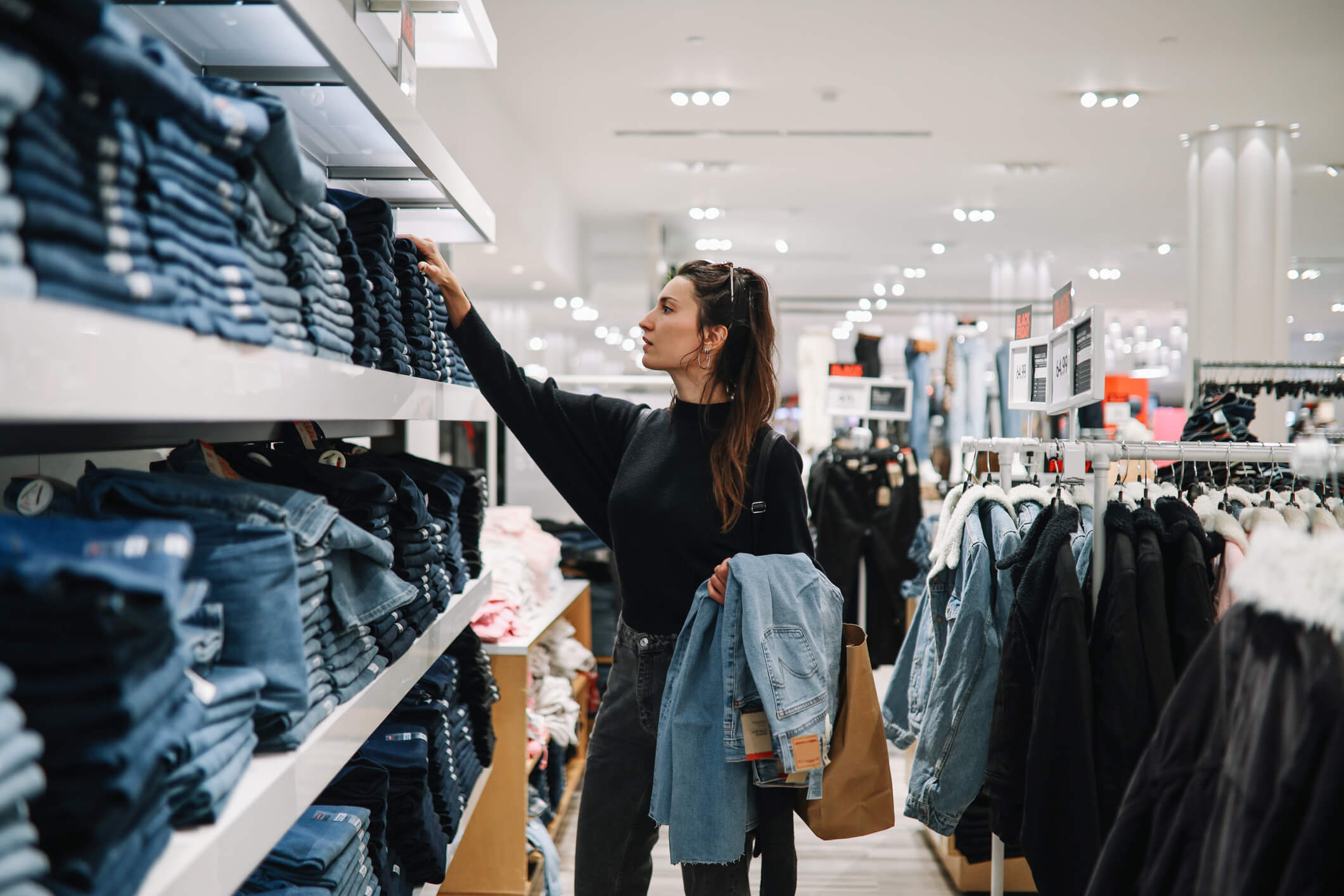


The showrooming epidemic
Online retail giants like Amazon.com have been leading the charge by offering the same merchandise at rock bottom prices, free shipping and in many states, no sales tax. In fact, the allure of online shopping has caused some brick and mortar (B&M) retailers to become convenient displays for shoppers looking for items that they intend to purchase online, a practice is commonly known as showrooming. Customers come into the store under the pretense of “just looking” and try on clothes, write down item or style numbers or even take pictures so they can go home and purchase the item online for less. Showrooming happens most frequently when people are looking for high value products, like electronics or upscale clothing, handbags or shoes.
There’s a certain stigma attached to showrooming, so if you’re looking for someone with their smartphone blatantly scanning barcodes or taking notes in your store, you’ll need to look a little harder — only five percent of people say they have used their smartphone to compare prices in a store. But some electronics and appliance retailers, including Best Buy, are proactively fighting showrooming. They have replaced “typical” barcodes with store-specific ones for big-ticket items so prices cannot be compared online.
The impact on B&M stores
It’s easy for online merchants without any B&M locations to offer products for lower prices because they don’t have the same overhead costs—rent, staff, or bills associated with running a B&M location.
As you can see, B&M companies have had to make some tough decisions to stay profitable:
Other retailers are losing market share because their products may not be as appealing anymore. Some examples include:
Being proactive
Traditional retailers are not going down without a fight, and they are still the go-to place for customers who prefer to use cash or are uncomfortable with online shopping. And although online resellers offer fast shipping methods, in-store shopping also means instant gratification — you can leave the store with your new TV, shirt or an important item you’ll need for work or school tomorrow.
Concerned retailers who want to safeguard their business against the competition should consider a higher level of cross-channel customer service. Set up a counter for “buy online/pick up in store” transactions, free shipping for in-store customers who find what they are looking for is out of stock or even an inventory search option online, which will save them a trip if their product is out of stock.
You can monitor shopping behavior by using people counting technology that allows you to see how many people are coming in, at what times of the days, and how many of these visits ultimately results in sales. If you’ve got a lot of foot traffic and people spend a long time at the shelves but leave empty-handed, you may be a victim of showrooming.